Why a Nikon 'F'?
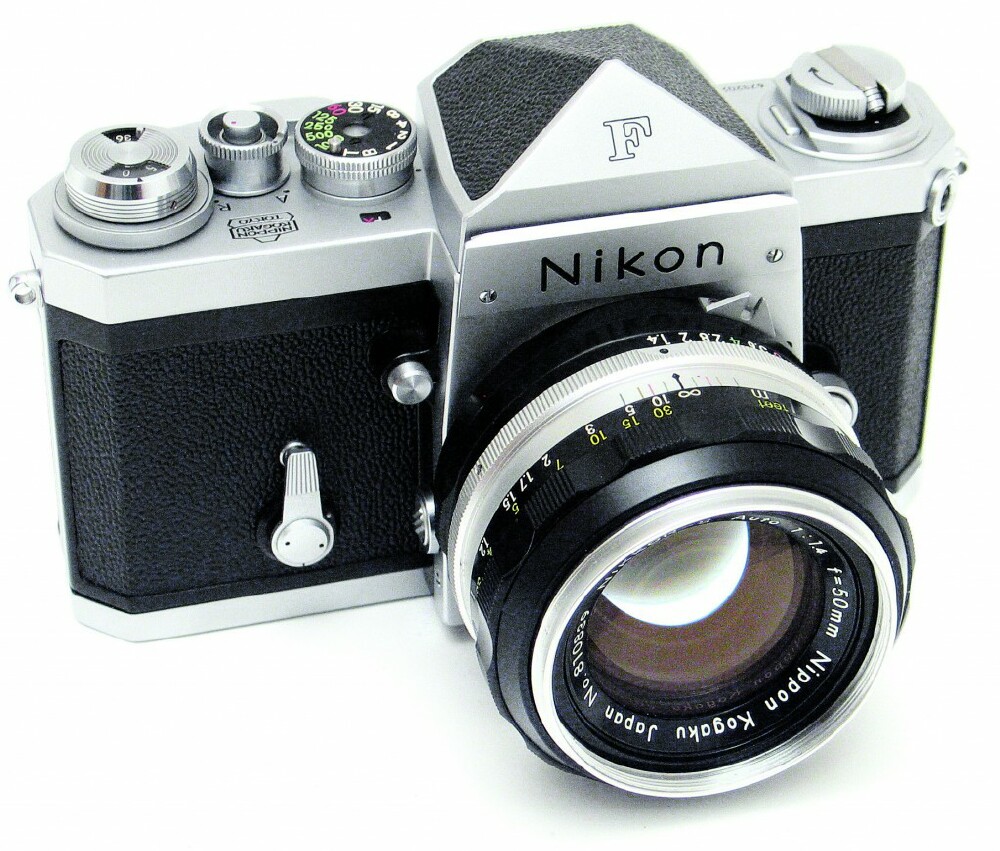
Some friend asks me
why do I love so much old Nikons, and especially
the ‘F’. Surpassed by the pro film cameras that came when the electronics began
to take care of focus and exposure, they are totally obsolete now that the world is digital; old 'single-digit' pro Nikons
are just relics of a very distant past, they say. And why the 'F'?
After all, this camera didn’t
even
introduce any absolute ‘first’ in
the history of photography; the real innovators were others.
Wikipedia:
“A number of
these features (of the ‘F’, Ed.) were first introduced by other
manufacturers:
1903: The first
35 mm camera, "the Ambrosio Camera"
1925: Oskar
Barnack's Leica mass-produces a 35 mm camera.
1936: The first
35 mm SLR with bayonet mounted interchangeable lenses, the Kine Exakta.
1949: The first
camera with a pentaprism viewfinder, the Contax S.
1950: The first
SLR with interchangeable viewfinders and focusing screens, the Exakta
Varex.
1954: The first
camera with instant-return mirror, the Asahiflex IIb.
1956: The first
SLR with an internally activated automatic diaphragm release, the Contax
F.
…The Nikon F
evolved from a rangefinder camera, the Nikon SP. In the trial model,
based on the body of the Nikon SP, the mirror box was inserted in the
central part. Only the three principal components, mirror box,
pentaprism and bayonet mount, were newly developed, and the other
components were virtually identical to those in SP/S3."
Other cameras are probably better and have
style: I own several Hasselblads and Leicas, and they are
superb. I also acknowledge the existence of many other wonderful
machines that have a strong appeal on collectors, especially when they
show a special character, like the
fascinatingly unconventional Swiss machines built by Alpa, the
photographic equivalent of Bristol’s brilliantly idiosyncratic Aerodynes.
On the other
hand, digital technology has progressed to such an extent that
my Huawei phone incorporates a
12Mb camera designed
by Leica that offers a superb performance with all the convenience of
something that you always carry with you. Somebody therefore finds it
amazing that I still occasionally take the trouble to use some of my old
cameras or to update my own collection with the latest release
of professionals DSLRs from Nikon, buying
occasionally old lenses and ASLRs from
afar.
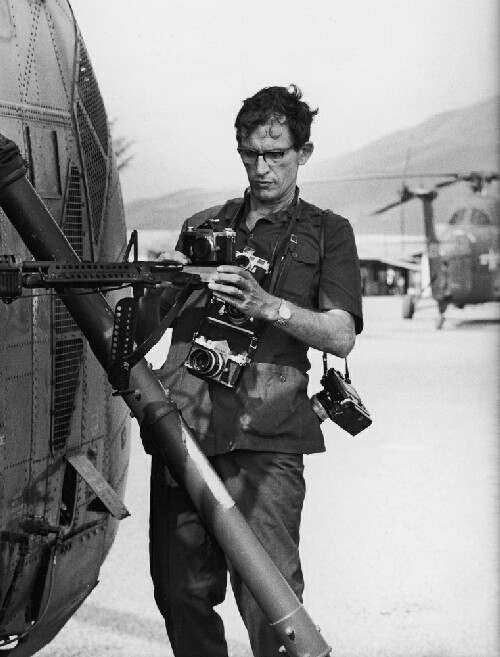
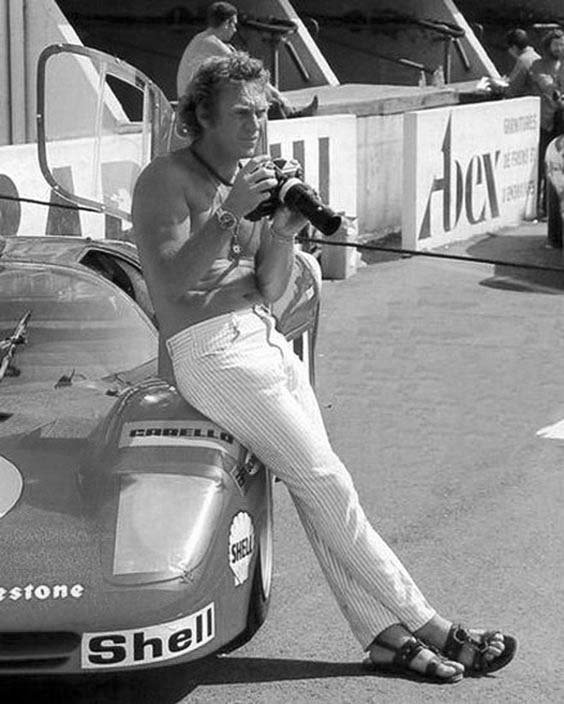
Larry Burrows
Steve McQueen
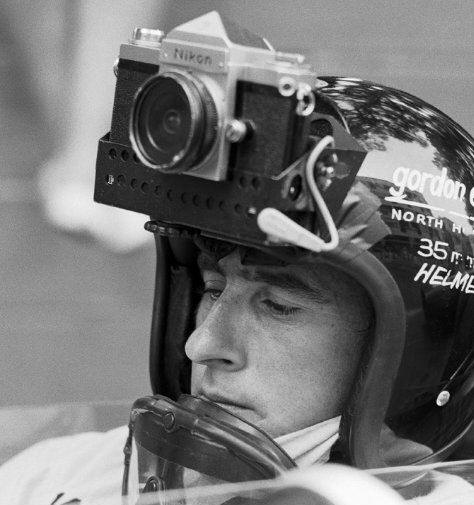
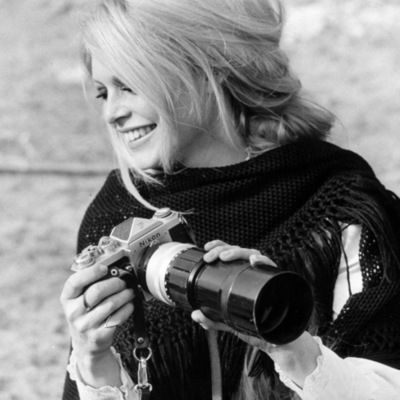
Jim Clark
Brigitte Bardot
Asking why one
loves old Nikons, however, show a basic non-understanding of the
iconic value of these
magnificent cameras. I'm not alone; the
world loves early Fs with a vengeance, keeping the values of those
ancient mechanical workhorses
comparatively high while their contemporaries are worth
pennies. Part of the
fascination that exudes from a classic worn-out F is well illustrated by
the pictures above and below, each one of them telling a story that a man of my
age, grown during the turbulent Sixties and Seventies, cannot but love.
The message that comes out of them is clear: the Nikon F was, and still
is, the photographic icon of the Sixties and Seventies, exactly as a
Leica was THE camera to own from the Thirties to the Fifties.
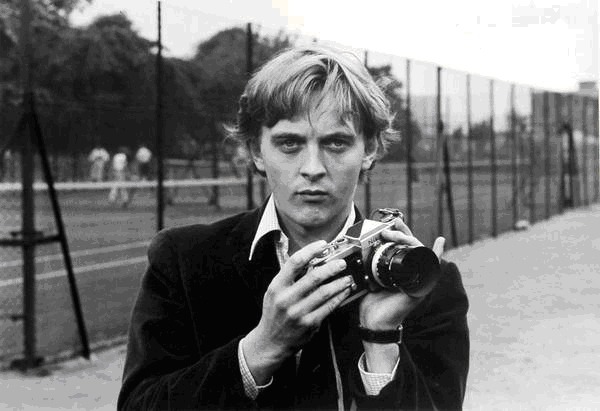
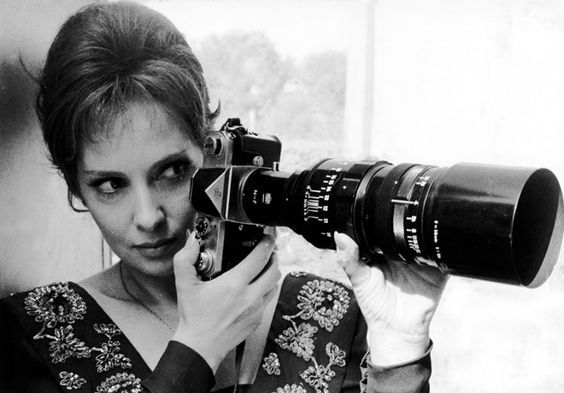
David Hemmings, from Blow-Up
Gina Lollobrigida
Wikipedia again:
"....A
combination of design elements made the Nikon F successful. It had
interchangeable prisms and focusing screens; the camera had a
depth-of-field preview button; the mirror had lock-up capability; it had
a large bayonet mount and a large lens release button; a single-stroke
ratcheted film advance lever; a titanium-foil focal plane shutter;
various types of flash synchronization; a rapid rewind lever; a fully
removable back. It was well-made, durable, and adhered closely to the
successful design scheme of the Nikon rangefinder cameras.
The Apollo 15
(NASA) Nikon F with FTn Photomic prism and motor drive, usable for
extra-vehicular activity, was the first 35 mm SLR on the lunar orbit.
The Nikon F
also had interchangeable backs and a viewfinder showing 100% of the
image. Motor drives to advance the film, F36 (36 exposure) or F250 (250
exposure), were available, but required the replacement of the underside
of the body. The F36 was not too dissimilar from the motor drive which
was available for the SP…”
The keywords here are 'boxy', 'brutal' and 'indestructible'. Not charming, perhaps. Great design Guru Stephen Bayley remarks that '..a hard and grumbling Porsche 911, the famous Neunelfer which Enzo Ferrari said came from a manufacturer not of racing cars, but of missiles...has the winning looks that weapons also enjoy. And weapons are rarely charming. No-one...has ever said, ‘What an absolutely charming rocket-propelled grenade launcher you have there.’ Indeed, the F cannot be described as 'charming', its ruthless efficiency being directly comparable to that of a weapon. Thus, it is not suprising that combat photographers were among the first professional users of the F and made it famous. It was clear that the F was the only camera that could be used on the battlefield as a practical alternative to the classic Leica M3 but was even better being cheaper, sturdier, more reliable and offering, as a reflex, the possibility to fit lenses from 6mm to 2000mm. It was a combat photographer’s perfect companion, one that you can trust when you are at war (and Larry Burrows, Kent Potter, Keisaburo Shimamoto and Henri Huet, when they were shooting pics in Cambodia, sneaking through the Ho Chi Minh trail or trying to survive in Khe Sahn, were part of that war, no question: they were killed together when a NVA missile downed their helicopter). Moreover, Vietnam was a nasty war fought in a muddy, damp climate that was Hell for any sophisticated equipment; that the F did withstand the abuse of the jungle so well is the best tribute to the perfection of its design.
Pictures from the Vietnam swamps conveyed many complex messages, but one was clear: the Nikon F was the best camera in the world, the most advanced, comparatively cheap (at least for professionals/celebrities standards), reliable, and shooting great pics too.
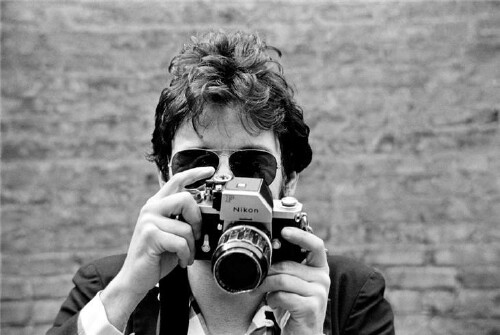
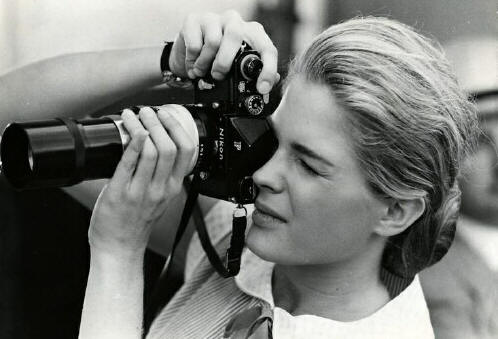
Bruce Springsteen
Candice Bergen
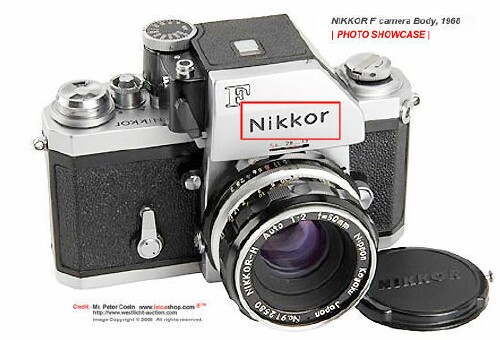
Oddity: a Nikon F branded 'Nikkor' for the German market
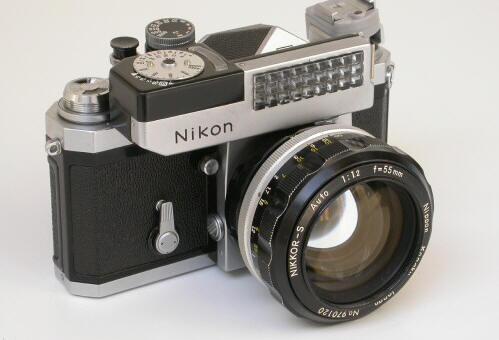
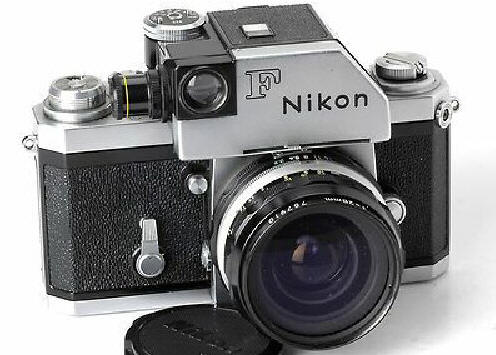
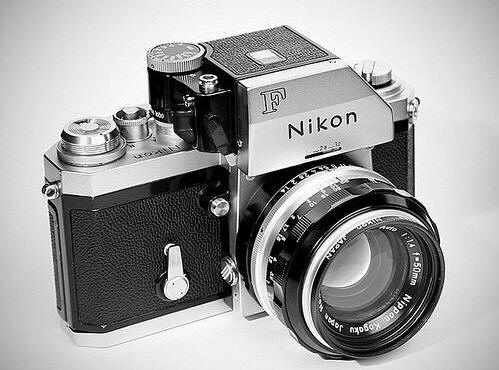
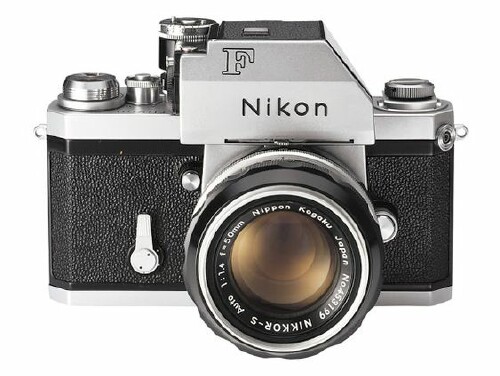
Clockwise from upper left: the original Selenium 'Clipometer' for the early F, the first version of the Photomic, the Photomic 'T' and at last the 'Ftn'
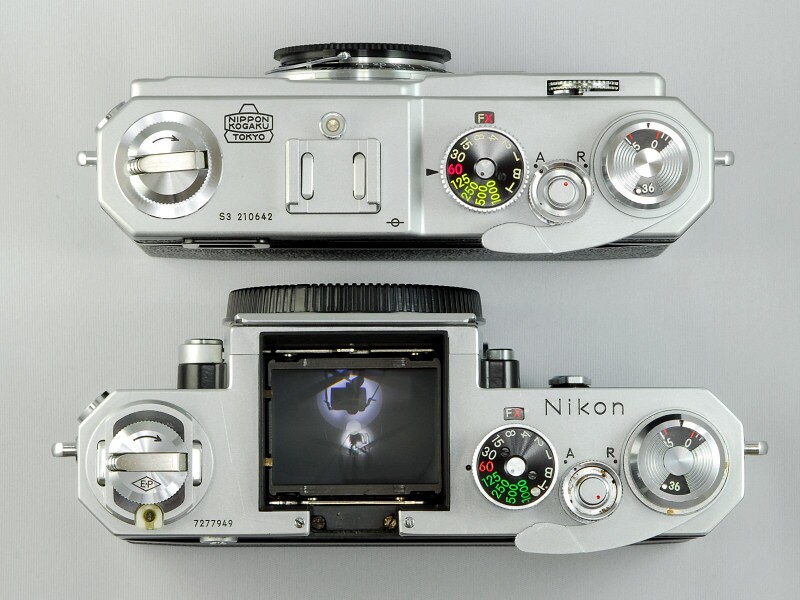
A Nikon S3,above, compared with a 'intermediate' 1972 F, below
The original (1959)
meter-less F became at once the most instantly identifiable camera in
the world, a
global icon. The proportions of a prism-equipped 1959-72
example
are impeccable: its morphing from a Japanese copy of a
pre-war rangefinder
Contax,
in the
iterations of the S, S2,
S3, S4
and SP series, reached a peak of rare formal
perfection when that beautifully simple prism was dropped on its top and
an
instant-return,
lockable mirror
covering 100% of the frame
was conveniently
placed beneath it. Make
no mistake: the 'S' rangefinder dynasty, on which the 'F' was based, was
extremely well-designed and manufactured with a careful attention to
detail (they earned themselves an excellent reputation during the Korean War, being
able to work also in the freezing temperatures that were common there) so the foundations for the new reflex of Nippon Kogaku KK
were above reproach, but what was developed out of them was positively astonishing.
The
subsequent adaptation of an
integrated TTL metering system to this
incredibly versatile body brought us no less than 4 different Photomics,
each one adding character and presence to what
can easily be considered the
most famous reflex camera of all times.
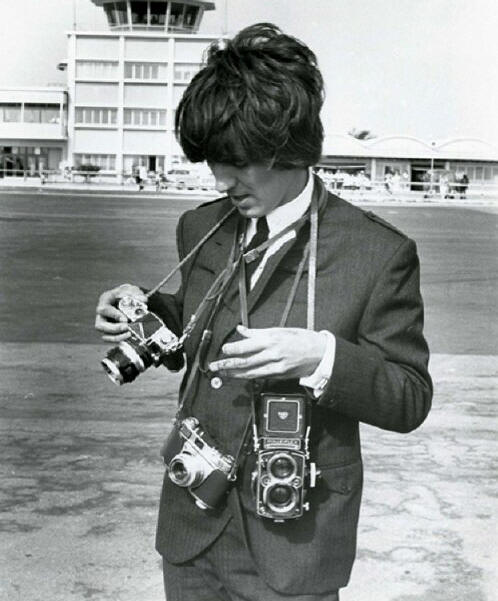
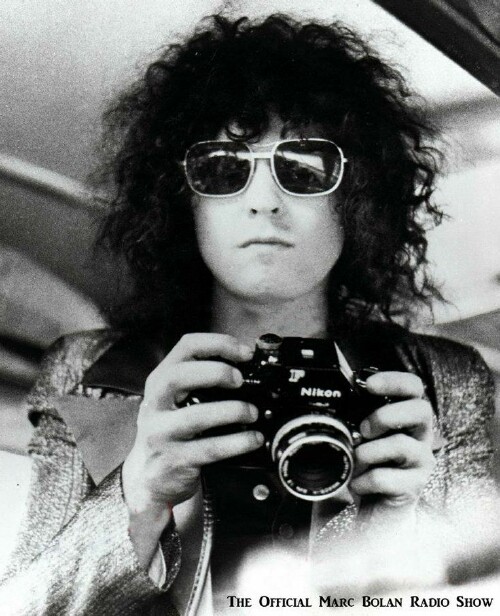
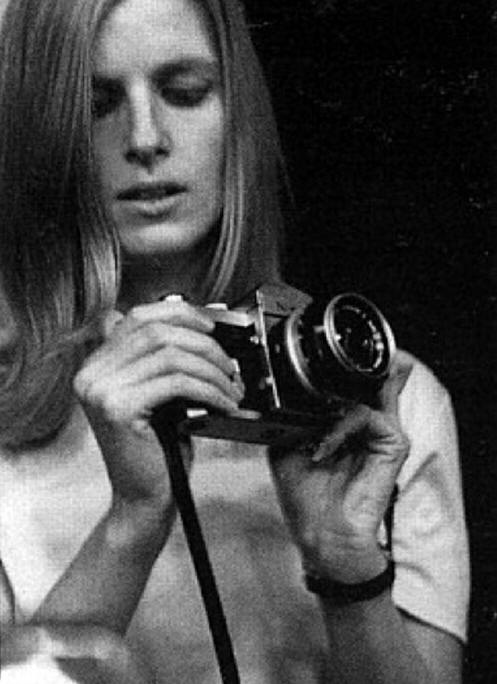
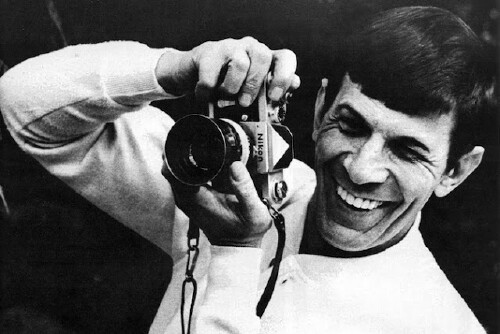
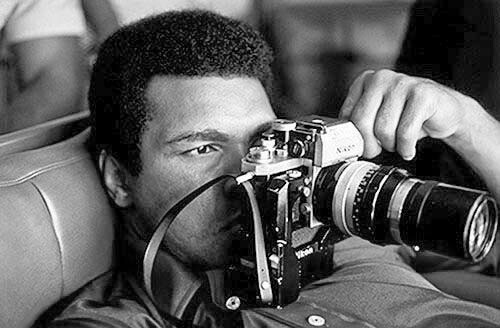
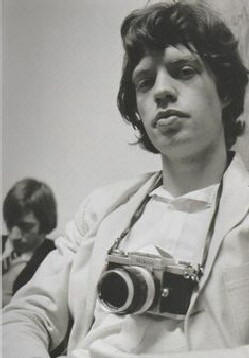
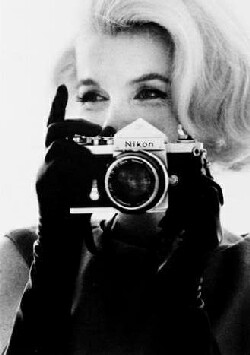
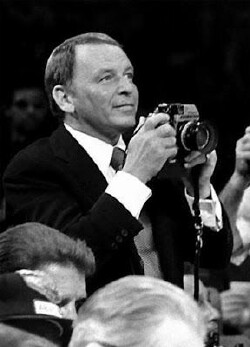
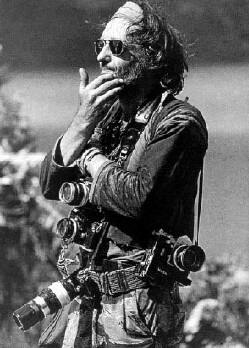
.jpg)
The
'jet
set'
rapidly decided
that the F was THE
camera to have. Famous actors, the most beautiful women in the world,
movie directors,
the best racing
drivers ever, all of them shared the use of a Nikon F for their
pictures, making of this camera an icon of fashion that conveyed a
message at the same time of technical efficiency, strength, elegance,
rugged beauty and timeless value that not many other cameras have
rivalled. Steve McQueen used an F with a long lens on the set of ‘Le
Mans’, Brigitte Bardot took pictures of her pets and lovers in St Tropez
with a 200 mm on a chrome F, Jim Clark had one fitted on his helmet
racing a F1 Lotus,
Michelangelo Antonioni decided that David Hemmings had to snap pics of
Veruschka and Vanessa Redgrave with his chrome F while
Larry
Burrows
repaired his Nikons on the landing gear of a
combat helicopter, in Vietnam.
No other camera can
match this level of iconicness, apart (perhaps) Hasselblad and Leica.
Think again: Rolleiflex? Too common in the cheap beach photographers’
booths. Contax? Its lustre was lost in the Maelstrom of WWII, what
followed was meaningful only as an admirable template for the early
Nikon S/SPs. Exakta? Splendid cameras, but nobody knows that they should
be used upside down to operate
their
controls properly, and when you do that you unavoidably feel a bit
ridiculous.
Praktina? It could have been a winner, as its project was astonishingly
advanced in 1952, but the version directly comparable to a F, the 1960
'IIA DA',
cost (body, prism finder, split-image rangefinder, ASB Pancolar 2/50 mm)
DM611, not much less than a Nikon; then the Communist government decided that it was 'too expensive' and the shoddy manufacturing
level of DDR did the rest.
Linhof? Cathedrals of Teutonic efficiency, but hardly
portable
(come on, you can't go skiing in Cortina with a Master Technika
at your neck...)
and therefore
are
very ‘private’ cameras. Asahi 6x6,
Olympus, Minolta XM,
Bronica etc?
Forget it.
And forget also Canon. They tried hard to displace Nikon in the
professional field, and, in a purely utilitarian sense, they probably
succeeded. But as an object of fascination and respect, they can’t
prevail. A Nikon F has the winning, invincible aura of Le Mans, NASA,
Apollo
missions,
the moon landing while at the same time being the pride and joy of
Mick Jagger, Brigitte Bardot,
Cassius Clay, Marilyn Monroe,
Graham Hill,
Frank Sinatra,
Steve McQueen and Paul
McCartney…. And Vietnam, of course. If a sophisticated
reflex camera can survive taking
spendid
pictures in an environment so
hostile, it must be great. The picture of Taizo Ichinose's Nikon F with
a North Vietnamese bullet hole in its back sends a message way stronger
than hundreds of Canon ads. (Sorry folks!)
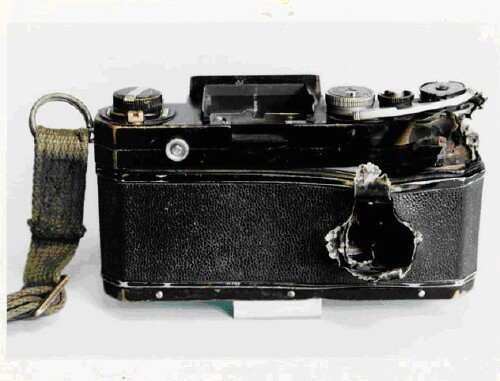
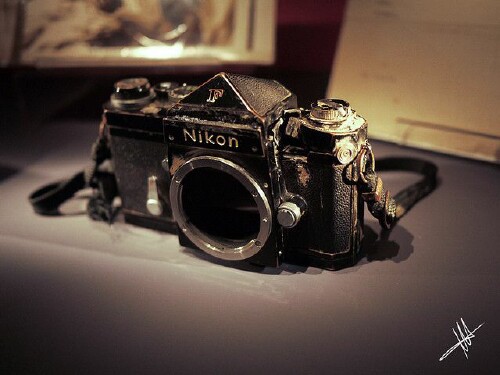
The bullet-riddled Nikon Fs of Taizo-Ichinose (left) and DonMcCullin
(right)
So the Nikon F with its simple prism became one of the great icons of the Sixties. It also had, since its birth, the advantage of being born as the fulcrum of an enormous system endowed with dozens of lenses and accessories, its reflex body and large bayonet mount allowing the use of extreme lenses ranging from 6 to 2000 mm, while at the same time introducing ‘specialist’ tools like the 200mm 'Medical' with its anular flashlight, the ‘PC’- 'Perspective Control' (first seen in 1962), the 500mm catadioptric 'mirror' tele, the legendary 1:1 ‘Noct-Nikkor’, the special macros and other superb optics that only a top-quality reflex like the F, with its 100% focusing screen and mirror, could use effectively. You also could also fit those pioneering, cumbersome but irresistibly fascinating F36 or F250 motors, 360-frame backs, special finders, focusing screens... All this meant that when you bought your first Nikon F, you felt like you were already part of a very important family; you had all that was needed to become one of the worlds’ top professional photographers.
There is also
another reason why the first F was such an iconic camera.
While it was
in production, Nippon Kogaku KK had very clear ideas about the
classification of his cameras, keeping its less expensive cameras at an
arm’s length from the sacred professional machines. There were very good
reasons to keep this difference: the professional machines had
interchangeable screens, finders, prisms, motors and so on, therefore
they were expensive and aimed squarely at the professional, or at least
to the very wealthy, customers. So Nippon Kogaku
reserved the ‘Nikon’ logo
for the pro cameras only: if you said that had a Nikon it was
superfluous to add that you had an ‘F’, any mistake was impossible,
and this created at once a very special status symbol. It
was a sort of reverse name-dropping, you didn’t
have to
mention
that
you had an ‘F’: owning a
'Nikon' you were unmistakably part of the
privileged
élite
of the
owners
of the best
pro reflex in the world, period.
Meanwhile, Nippon
Kogaku did not renounce to the production of machines with fixed prisms
and screens that, thanks to this simplification, could be considerably
less expensive. These were marketed as Nikomat,
Nikoflex,
Nikkormat,
Nikkorex, Nikonet and so on, to keep things clear and gratify
the owners
of the F. Then, in
1977, the unthinkable happened and the logo ‘Nikon’ appeared on a
simpler, cheaper reflex with fixed prism: the ‘FM’. It was undoubtedly a
fine machine, but for many enthusiasts its name was sacrilege; from then
on the ‘Nikon’ name appeared on a myriad of cameras, either analogic or
digital, point-and-shoot or mirrorless digitals, the only distinction
between pro and amateur cameras being that the firsts still carry as a
medal
of honor
a ‘single-digit’ designation (F2, F3, F4, F5, D1, D2, D3 etc)
while the cheaper machines have two- or three-cyphers numbers or fantasy
names.
We have already admitted that the F didn't innovate camera technology. (Though titanium shutter curtains were an absolute 'first' and Nikon was, for years, the leader in the use of this sophisticated metal in the camera industry.) Most of its more important features had been introduced before, but it was the first time that all the technical advances so smartly introduced by Zeiss, Leitz, Contax, Praktina and Exakta were put together in a single, extremely well-thought package, a rugged, good-looking SLR that was at the same time a thing of superb mechanical/optic quality and (comparatively) affordable, with a MSRP of $186 in the USA with prism and the 50mm f1,8 Nikkor lens.
Expensive?
Yes, of course, but then you must
compare it with the superbly manufactured
rangefinder Leica M3, offered in USA (MSRP with the lens more closely
comparable to the 50mm f1,8 Nikkor, the Summicron 50mm f2,0)
of $447…and, yes, the M3 was superbly crafted, had the most exquisite
shutter and the most luminous rangefinder, but in a moment
rangefinder cameras became
positively old-fashioned,
compared to the modern professional
Japanese reflex.
The capabilities of
the F shone in an era dominated either by cheap cameras,
half-cooked Eastern Europe projects or extremely
expensive and sophisticated Leicas.
It was perfectly integrated in a
system that was astonishingly complete and at the same time perfectly
organized to care for every professional’s needs. That's how you create
a legend:
professionals and customers went
at it hammer and tongs;
and the competitors understood it all too late.
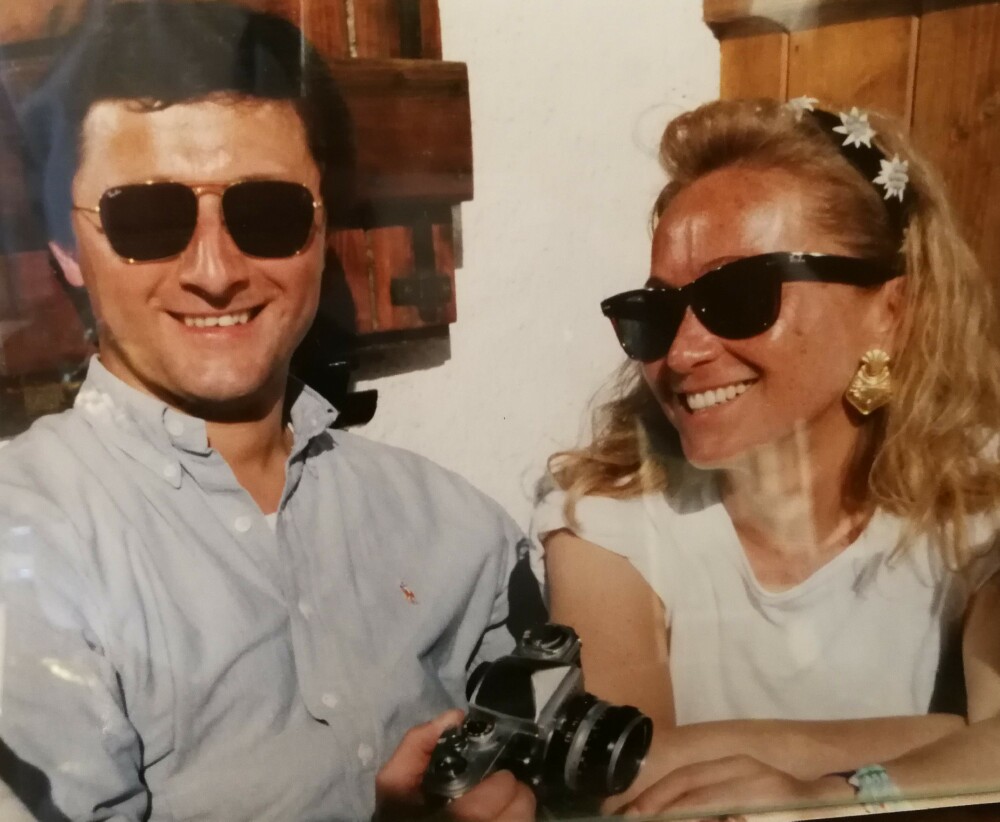
A long-standing love... With Federica and a Nikon F, Cortina,
Rifugio Tondi di Faloria, winter 1990
Nikon Main
My
favourite images taken with Nikon or Leica cameras
I am (also) looking for
an Alpa 6 camera....